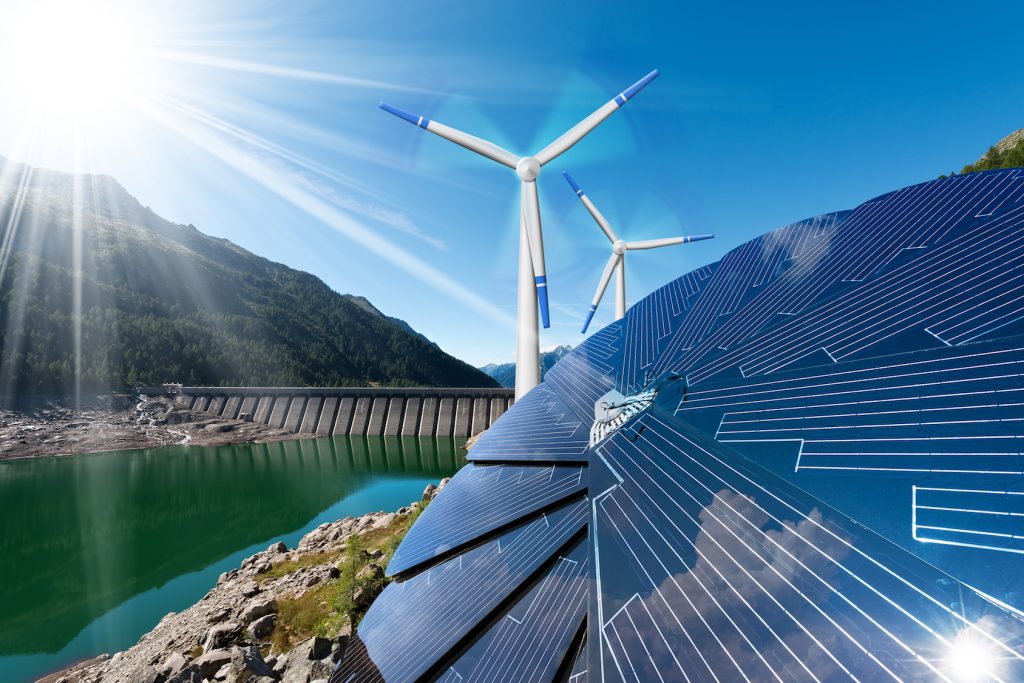
In 2025, energy investing is no longer just about tracking oil prices or betting on fossil fuel futures. It’s evolved into a dynamic discipline shaped by geopolitical tensions, climate imperatives, and disruptive technologies. Investors aren’t simply seeking returns—they’re actively shaping tomorrow’s power infrastructure with every portfolio choice.
The Era of Energy Autonomy
Nations like India and Brazil are rapidly advancing decentralized energy systems, with microgrids and battery storage reducing reliance on aging fossil-based infrastructures. This pivot away from monolithic utilities has empowered nimble tech startups specializing in smart grids and predictive energy distribution.
India’s rural solar cooperatives, once seen as niche ESG plays, now attract institutional capital thanks to their alignment with long-term value metrics. Investors focused on fiscal durability and environmental impact are finding growth in adaptive infrastructure that balances sustainability with resilience.
Smart Data, Smarter Allocation
2025 is the year alternative data goes mainstream in energy strategy. Satellite imagery is used to detect flare patterns and map solar panel adoption, while sentiment analysis of social media provides early signals on nuclear energy acceptance and policy shifts.
The revival of nuclear energy discourse has fueled investor interest, with predictive maintenance data and carbon token transactions now part of regular portfolio evaluations. Analysts who integrate weather modeling into their energy storage strategies are outperforming traditional benchmarks.
Transitional Commodities and the Rise of Green Premiums
Though oil remains a traded asset, its valuation now accounts for embedded carbon costs. The emergence of “clean steel” powered by green hydrogen exemplifies how traditional commodities are being redefined.
Hydrogen-focused ETFs are surging, driven by policy-backed electrolyzer initiatives. Meanwhile, carbon credit regulation adds complexity to investment models, demanding legal acumen and adaptive strategies from investors who once relied solely on pricing fundamentals.
Cybersecurity and Infrastructure Resilience
Digitized grids bring efficiency—but also risk. Investors in 2025 are just as concerned with cybersecurity protocols as they are with energy output. Robust digital defenses are now tied directly to insurance premiums, credit ratings, and operational reliability.
Dual exposure to energy and cybersecurity ETFs has become a strategic play, balancing gains in power generation with a hedge against digital disruption. Firms with rigorous security frameworks enjoy higher investor confidence and regulatory goodwill.
Final Thought: Stewardship Through Strategy
Energy investing in 2025 is stewardship in action. It’s about more than allocating capital—it’s about designing the blueprint for resilient, equitable systems that withstand economic shocks and climate volatility. Investors are now architects of the global energy narrative, where transparency, innovation, and long-term thinking set the tone for sustainable growth.
